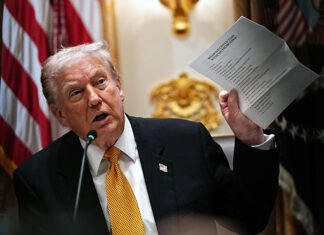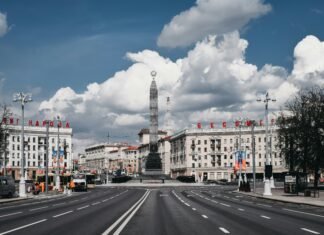The date of November 9 holds great significance in German history, marking pivotal events that have shaped the nation. In 1918, social democrat Philipp Scheidemann declared the Republic, effectively ending the monarchy under Wilhelm II. This declaration was a turning point but also set the stage for challenges as the new democracy emerged in a country still reeling from the aftermath of World War I.
The early years of the Weimar Republic were fraught with instability. Economic hardship, hyperinflation, and political extremism characterized this period. By 1923, the country experienced significant turmoil, and an emerging figure named Adolf Hitler began to rise to prominence, sowing the seeds of discontent and dissent. His challenges to the democratic norms eventually culminated in a shift towards totalitarian rule, leading to devastating consequences for Germany and the world.
A darker chapter unfolded on November 9, 1938, with the event infamously known as „Kristallnacht,” or the Night of Broken Glass. This pogrom marked a significant escalation in the Nazi regime’s campaign against the Jewish population, leading to widespread destruction of synagogues, homes, and businesses. The violence was both a manifestation of deep-seated anti-Semitism and a chilling precursor to the atrocities of the Holocaust. This tragic event served as a stark reminder of the fragility of human rights and the capacity for cruelty within society.
Fast forward to 1989, and the significance of November 9 takes on a dramatically different tone. The fall of the Berlin Wall on this day symbolizes not only the end of decades of division but also a monumental step towards reunification for Germany. The wall, which had stood as a physical and ideological barrier between East and West Germany, came crashing down amidst jubilant celebrations. This moment marked the culmination of a broader struggle for freedom and democracy in Eastern Europe, offering hope to people who had long been oppressed under communist rule.
The aftermath of the Berlin Wall’s fall was filled with joy and optimism, but it was also marked by the realization that reunification would come with its own set of challenges. Economic disparities, social tensions, and cultural differences between East and West had to be addressed as the nation sought to forge a unified identity. However, the spirit of solidarity and hope that enveloped the nation provided a foundation for moving forward.
In reviewing these two contrasting events of November 9, it becomes clear that this date encapsulates both the darkest and the brightest hours of German history. From the proclamation of the Republic in 1918 and the ensuing struggles of the Weimar Republic, through the horrors of Kristallnacht, to the triumphant fall of the Berlin Wall, November 9 serves as a poignant reminder of the complexities of Germany’s past. It highlights the ongoing journey of reconciliation and unity, demonstrating resilience in the face of adversity.
As Germany continues to navigate its identity and confront its historical legacy, November 9 remains a potent symbol of both the challenges faced and the strides made toward a more democratic and unified nation. The lessons learned from these events are crucial in fostering a collective awareness and ensuring that history does not repeat itself.






